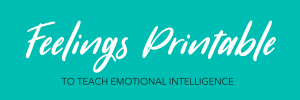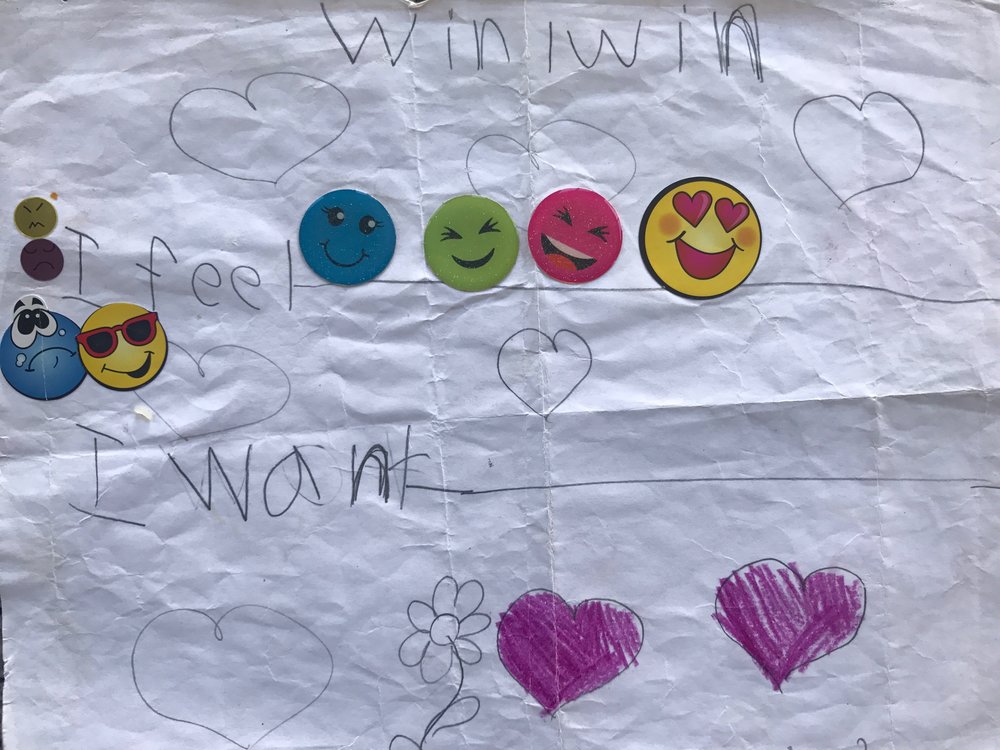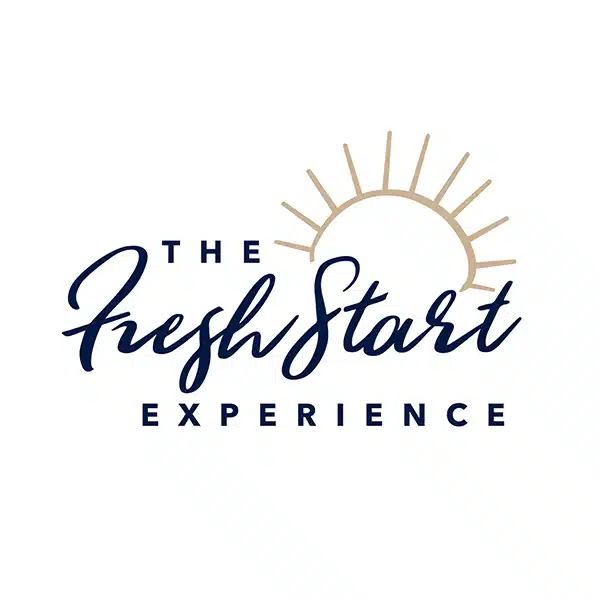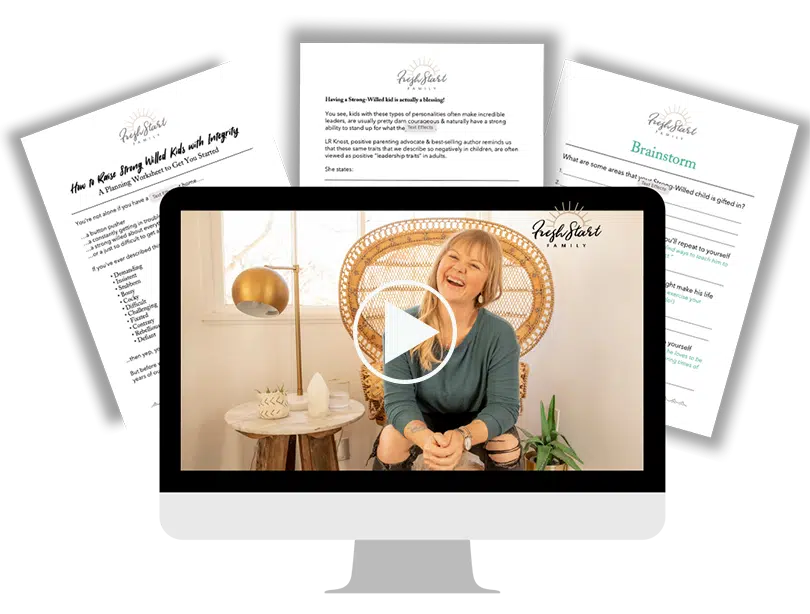How to be a beacon of light & help change the world
How to be a beacon of light & help change the world
Ugggggghhhhh, another horrible tragedy here in America. “Whyyyyyy” we are all asking as we walk around with broken hearts.
If you’ve been feeling hopeless, helpless and confused on what we can do as a nation, as families and as neighbors to help change the world for the better, you’re not alone.
EVERYONE wants these types of events to stop, but what can our small little family do to help prevent such tragedy in such a giant world where it seems like a lost cause?
ONE THING. One thing for sure….
Commit to teaching & nurturing your kids emotional intelligence.
Some of you may be asking “What is emotional intelligence?” and why is it so important? Let’s look a few different definitions:
Emotional Intelligence Defined:
The Institute for Health & Human Potential defines it as:
The ability to recognize, understand and manage our own emotion and also recognize, understand and influence the emotions of others.
**In practical terms, this means being aware that emotions can drive our behavior and impact people (positively and negatively), and learning how to manage those emotions – both our own and others – especially when we are under pressure.
The Cambridge Dictionary defines it as:
The ability to understand the way people feel and react and to use this skill to make good judgements and to avoid or solve problems.
**Individuals with even a small degree of emotional intelligence are a dream to work for.
Google Dictionary defines it as:
The capacity to be aware of, control, and express one’s emotions, and to handle interpersonal relationships judiciously and empathetically.
They add:
**Emotional Intelligence is the key to both personal and professional success.
Why is teaching Emotional Intelligence so important?
Feelings are at the basis of human existence. They are neither right, nor wrong, they JUST ARE. All day long, emotions come and go, through our hearts and heads and we are constantly processing them. These feelings at time can be extremely powerful, and move through us a lot easier & quicker if we express them, instead of bottle them up.
So teach your kids how to
1.) Identify them
and
2.) Express them
Boom….sounds so easy right? Well we all know it’s definitely not easy! Not easy to do or teach because often it’s not something we’re super comfortable with ourselves. Often because we weren’t raised in homes where emotions were talked about. Many of us were told “You’re fine” excessively growing up, but really, we usually weren’t “fine”. This practice of bottling emotions wasn’t something intentional that our parents did, it was just kind of the way things were done then.
Now? The memo is out…emotions are meant to be felt and expressed, so let’s do that & teach our kids how to do it too!
If you’re ready to start teaching, here are
3 Exercises You Can Do With Your Family to Teach Emotional Intelligence.
1.) Play the “I Feel ______” Game
It works like this. Plan a fun outing with your family (the beach, park, zoo, legoland, bikeride, hike, etc.), then be sure to make an agreement BEFORE you leave (when everyone’s emotions are room temperature).
“Hey guys, we’re going to do something super fun as a family today & head to the zoo, but we need to make an agreement first. We need to play the “I feel ______” game all day! Througout the day, I’ll lead with an “I feel _______” statement & then you guys each take a turn going.”
Give them a quick lesson about emotions and why they’re so important to identify and express and then ask them if they understand why it’s important to your family.
Then, have them repeat the agreement. Be sure to do this part! Repeating the agreement helps solidify ownership for them.
Then, have fun playing! All feelings are fair game & a lot easier to express when you’re having a great time vs. being in crisis/chaos. The more your family practices saying “I feel ______” statements when they’re not in a challenging moment, the better chance of success they’ll have when a tough situation hits & their “fight or flight” brain mechanisms kick in.
Saying “I feel ______” statements is an incredibly powerful & effective habit that you can create for your family!
2.) Make a Feelings Art Museum
Each day have your kids pick one emotion from the day & draw it out. Then hang it up! At the end of the week, present the museum and go through all the feelings. Parents, be sure you draw some of the hard ones that kids might not bring up, like fear or anger, so they know those feelings are perfectly healthy to have.
Below is an example of a “Sadness” drawing that a client’s daughter drew when she was 4 to take care of herself when she was super upset. After 10 minutes, she came out of her room with this drawing and said “Mom, I feel better now….I was feeling super sad”.
Amazing! Communicating how you feel, really does help you feel better while taking care of yourself (without doing something or acting in a way that you’ll regret!)
An incredible art piece on sadness by a 4 year old
3.) Teach your kids “Peaceful Conflict Negotiation” or “Win/Wins”
This is a simple concept that you HAVE to try in your home! It’s also one of my favorite positive parenting tools because I truly believe that if we raise kids who can use this method to work out differences, our world would be a completely different place (for the better!).
The concept is that each time conflict occurs, those involved take turns saying:
a.) “I feel _________”
b.) “I want ________”
then they switch & let the other person go.
After both have gone, they say:
HOW WILL WE WORK THIS OUT SO WE BOTH WIN?
Click here to download the free Win/Win sheet that I created for you. Download it, print it, then let your kids color & decorate the page.
Here’s an example of the one I created with my daughter when I taught her kindergarten class how to do win/wins.
A very old win/win sheet! But great to see how young kids can create these & understand the concept!
Now the best way to try this is to model it with your spouse (or sister, or mom) first, then move on to try it with your oldest kiddo. My son was age 4 when he started doing these, so you can teach this to them early!
Be sure to have patience with them & remember that you’re a coach / mentor as they move through the exercise. If they get stuck, say “Could I offer an idea” instead of just giving it to them. The goal is for them to practice saying the words & getting creative on their own, with your guidance / support vs. you doing it for them.
If the first or second attempt fails, try again tomorrow! I promise you that once you see success with this exercise, you will be be blown away at how it actually strengthens relationships & brings people together (that were full on fighting before) instead of relying on one person overpowering or “winning” over another.








0 Comments